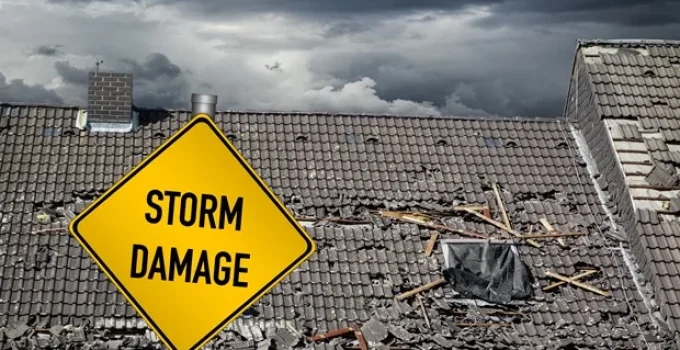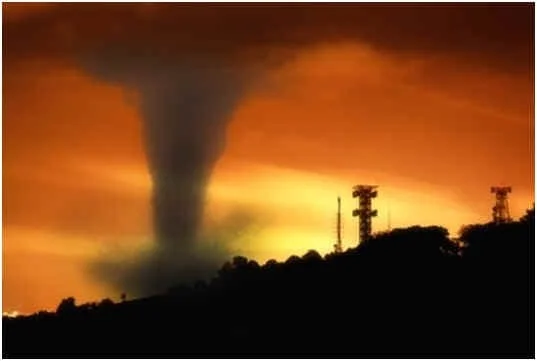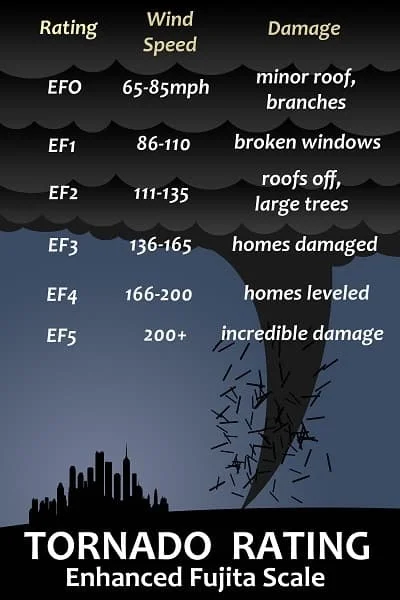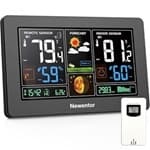How Are Tornadoes Classified?
Since 2007, the United States has classified tornadoes using the Enhanced Fujita Scale, also called the EF Scale, which employs estimates of tornado strength based on wind strength and the damage it causes. The National Weather Service, as the only federal agency with the authority to provide official tornado EF Scale ratings in the US, ensures the reliability and accuracy of this classification system. [1]
Original Fujita Scale (F-Scale)
The Enhanced Fujita Scale is an upgraded version of the original Fujita Scale (F-Scale) developed by meteorologist T. Theodore Fujita, Ph.D in 1971. [2]
Because it is difficult to accurately determine the wind speed inside a tornado, the original Fujita Scale estimated the strength of a tornado based on the damage it caused instead of attempting to calculate the actual wind speed. [3]
The Fujita Scale rated tornadoes on a scale of F-0 through F-5. How the original Fujita Scale assessed damage left much for interpretation and more room for error. For example, according to the scale, an F1 tornado, which is considered weak, described moderate damage as roof surfaces peeled off, mobile homes pushed from foundations or overturned, and moving autos pushed off-road. [4]
Enhanced Fujita Scale Classification
The Enhanced Fujita Scale, updated in 2007, now includes wind speed estimates and damage, providing a more precise classification of tornadoes. Tornadoes are now rated on a scale of EF-0 through EF-5. The Enhanced Fujita Scale takes estimates further by comparing damage surveyed to an extensive list of set Damage Indicators matched with Degrees of Damage that consider factors such as the construction of a building as well as upper and lower bound wind speeds. [5]
In assessing damage, the Enhanced Fujita Scale lists 28 Damage Indicators to match against the degrees of damage the tornado caused, which helps to assess the damage more accurately. [6]
For example, hardwood trees are a damage indicator. The degree of damage is “1” if small limbs less than five centimeters in diameter are broken. The degree of damage is “3” if up to 20% of mature trees have been snapped and/or uprooted. The degree of damage is “5” if more than 50% of mature trees have been snapped and/or uprooted. [7]
References
- [1][3] National Weather Service – National Oceanographic and Atmospheric Administration – “NOAA NATIONAL WEATHER SERVICE’S IMPROVED TORNADO RATING SYSTEM NOW OPERATIONAL.”
- [2] University of Chicago – UChicago News – “How One Scientist Reshaped What We Know About Tornadoes.”
- [4] National Weather Service – National Oceanographic and Atmospheric Administration – “The Fujita Scale.”
- [5] National Weather Service – National Oceanographic and Atmospheric Administration – “The Enhanced Fujita Scale.”
- [6] National Weather Service – National Oceanographic and Atmospheric Administration – “Enhanced Fujita Tornado Damage.”
- [7] Western Engineering – Northern Tornadoes Project – “ENHANCED FUJITA SCALE, DAMAGE INDICATORS AND DEGREES OF DAMAGE (CANADIAN IMPLEMENTATION).”



